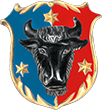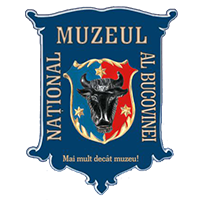This website uses cookies so that we can provide you with the best user experience possible. Cookie information is stored in your browser and performs functions such as recognising you when you return to our website and helping our team to understand which sections of the website you find most interesting and useful.

”Nicolae Labis” Memorial House
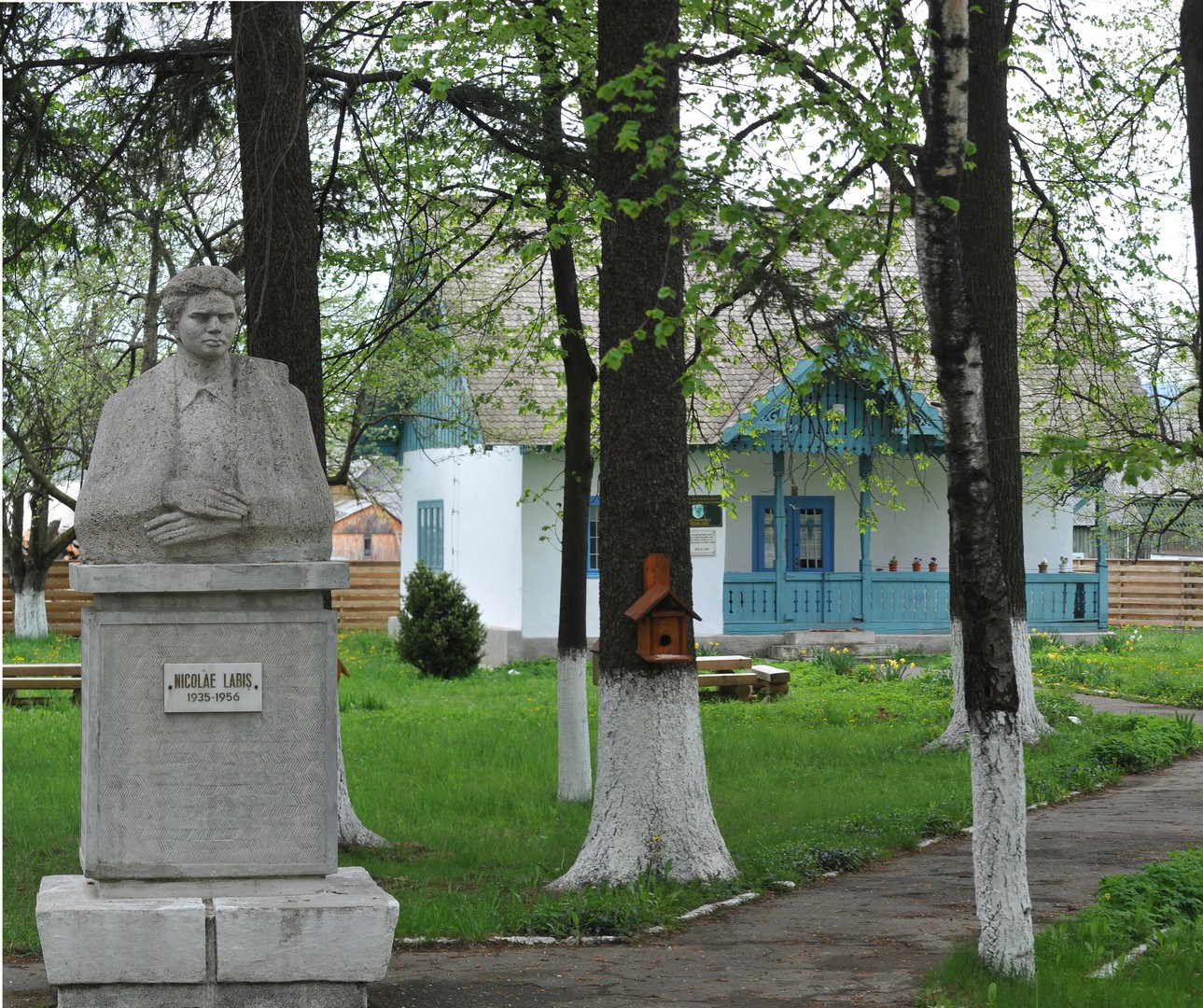
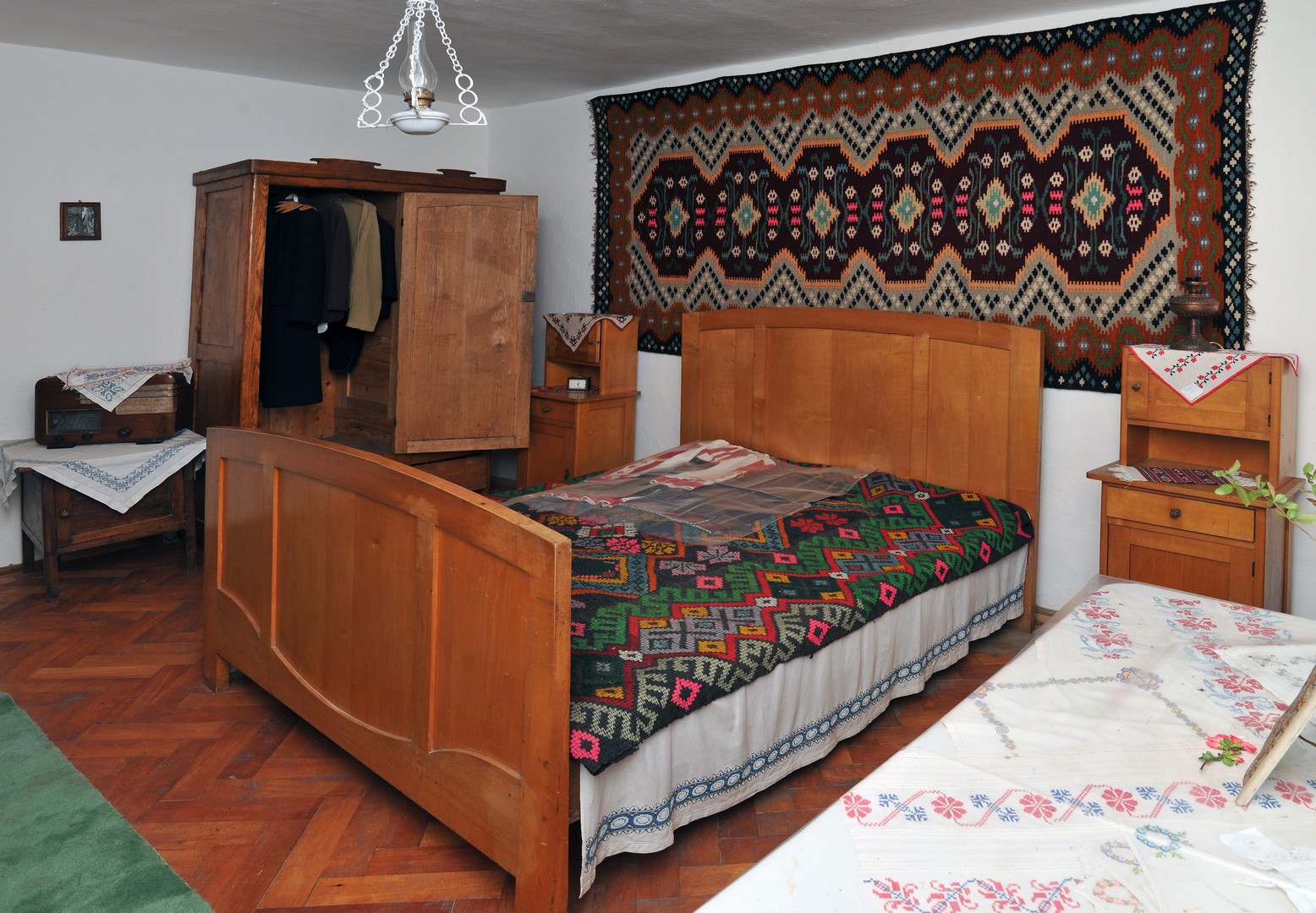
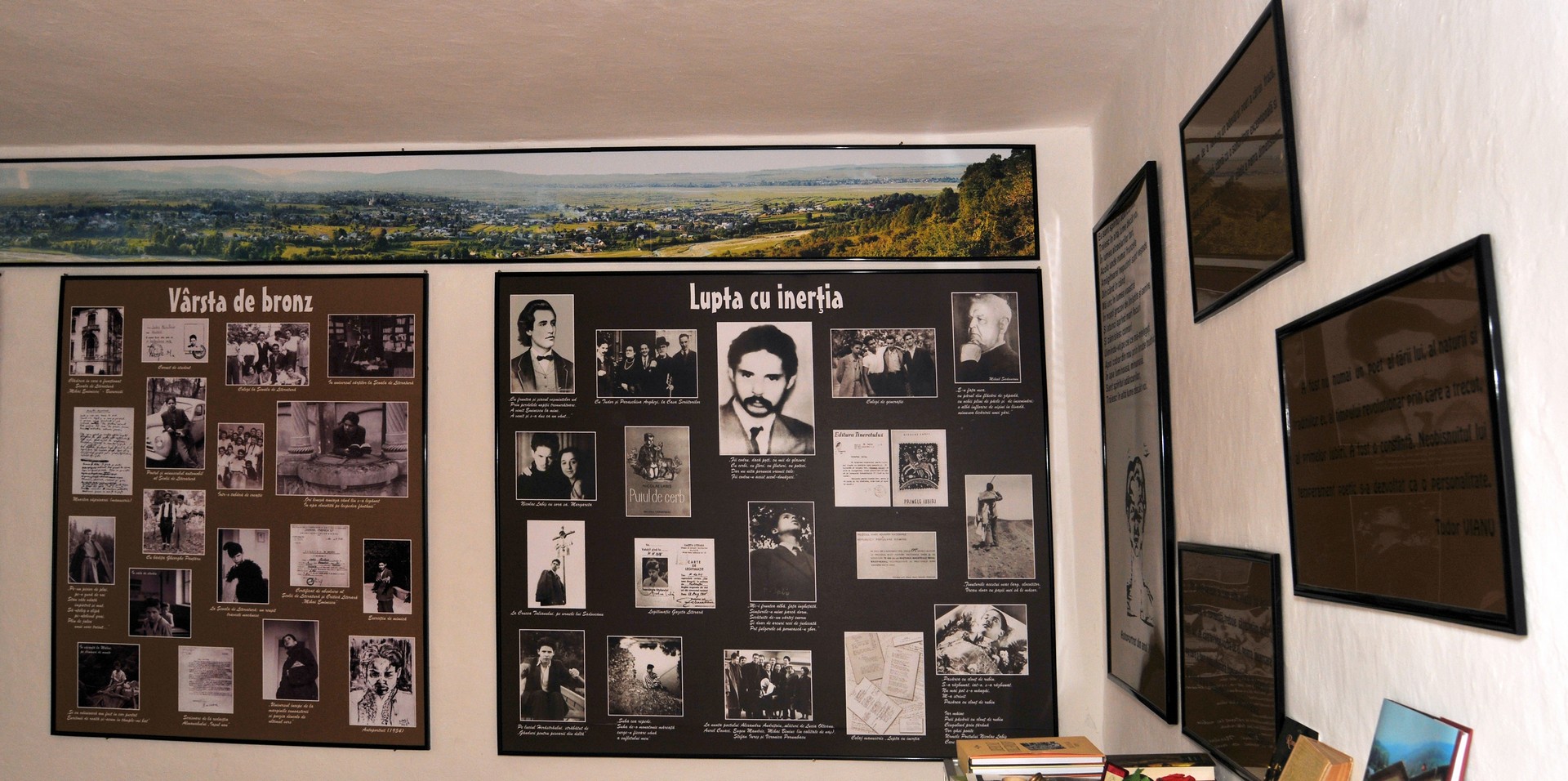



Located in the centre of Mălini village, the memorial house ”Nicolae Labiș” was inaugurated in 1975, in the former dwelling of the family of teachers Profira and Eugen Labiş, the parents of the poet, the place where Nicolae Labiş lived his short and flashing life, writing a part of his work. The memorial exhibition carried out in four rooms reconstitutes the environment of life and creation of the gifted poet, in a thrilling way, thanks to the authentical objects (furniture, books and exercise books, clothes, a bell with a ”silvery sound”, a radio with which the poet kept into contact with the rumors of the world, documents, photos, posters, etc.). At the same time there are suggested the essential coordinates of his work and its remarkable contribution to the evolution of the contemporary Romanian lirics.
Nicolae Labiş (1935-1956)
 Nicolae Labiş was born in Poiana Mărului, Mălini village, Fălticeni city, Baia county, today, Suceava, on December the 2nd 1935; the parents, Eugen and Ana-Porfira were teachers. In 1945 the family settles in Mălini (today memorial house); up to 7 years he read a lot, proving real talent at drawing; during the terrible drought after the war, Nicolae accompanies his father at hunting: ”… in the house we didn’t have anything, it was towards evening when I took the gun and went into the woods. I took Nelu, as well. He was little and hungry and thursty, but I didn’t allow him to drink from the same spring as the deer. … I shot. The boy was sad. There, in the woods we lit the fire and roasted for him the heart and the kidneys of the poor animal.” … (Eugen Labiş). He attended the courses of the Nicu Gane high school in Fălticeni, with very good results, exceling in impressive compositions at Romanian classes. In 1951 he obtains the first prize for The Romanian Language and Literature Contest in Bucharest; Mihai Gafiţa remembers him in this manner: ”Dark-skinned, squat – mountain child – dressed up with a sheepskin coat, white, with red strips, wider in the front at wrists and tighter at the edge, in front of the belt. It is the neat coat of the mountain people from Mălini, during autumn and winter. […]. Labiş looked like a mountain man, a forest dweller, not a shepherd. He wore a cap and had a knapsack . Not a bag, but a knapsack, that is a kind of quiver or bag with a barrier. […]. Labiş was dressed up in armony with his way of being, with the way of being of his father and mother: a world of a Moldavian mountain village […] he was a child then, there is no doubt. He wasn’t sixteen. But he was clever, without the panic and unsafety of the country child in the city, on the contrary knowing very well what happens with him and with his life.” In 1952 he transfers to the Mihail Sadoveanu high school in Iaşi; he leads the literary club of the school; he passes the baccalaureate examination with the highest grade in Romanian; on the 15th of September he was admitted to Mihai Eminescu Literature School; D. Micu remembers him: I see a 16-year old boy well shaped, rather short, with a bright forehead enframed from all parts by a remarkable mobile hair, a particular mobility, dominated by a native distinction, a boy who smiles all the time, especially with the eyes, where the brilliancy slightly blends with the ironic cunning; He is editor at the magazine Years of apprentinceship; an extremly gifted poet, he publishes in allmost all the magazines of the time. In 1954, at the graduation banquet, he recites the poem The bronze age in a spectacular way; Mihail Petroveanu describes him in this manner: ”… A soft and long lock of hair falls behind the ear from the thick, long, dark-brown to black head of hair. Under the Kalmuck nose there was an incredibly heavy moustache with the edges twisted à la Taras Bulba. The small and round face, with Asian cheek bones and a character shaped by the surprisingly closed wrinkles showed anytime the poet would smile, fortified the fresh skin. The calm green-blue colour of the eyes like the mountain lake intensified from time to time, in harsh tones, almost like the colour of the steel, sign for tension and anger or they got dark till they reached a compact green, as the colour of dark woods where the verses enjoyed themselves to get lost, gripped by Sadovenians griefs and than later by Eminescians griefs”; he publishes in the magazine Romanian life, The death of the deer; for about a semester he attends the courses of the Faculty of Philology. In 1956 he publishes his first book, The baby deer, than the volume The first loves; he becomes member of the Writers’ Union; on December the 10 th he is severly injured by a tram and the vertebral column is broken; in hospital he dictates to his friend Aurel Covaci the poem The bird with the ruby pecker; on December the 22nd, after a terrible suffering, he dies, at the age of 21, being buried in the Bellu graveyard in Bucharest; Geo Bogza confesses: I have the feeling, the confidence, the despair and indignation that in Nicolae Labiş the destiny crushed the one who could have been the great poet of his generation.
Nicolae Labiş was born in Poiana Mărului, Mălini village, Fălticeni city, Baia county, today, Suceava, on December the 2nd 1935; the parents, Eugen and Ana-Porfira were teachers. In 1945 the family settles in Mălini (today memorial house); up to 7 years he read a lot, proving real talent at drawing; during the terrible drought after the war, Nicolae accompanies his father at hunting: ”… in the house we didn’t have anything, it was towards evening when I took the gun and went into the woods. I took Nelu, as well. He was little and hungry and thursty, but I didn’t allow him to drink from the same spring as the deer. … I shot. The boy was sad. There, in the woods we lit the fire and roasted for him the heart and the kidneys of the poor animal.” … (Eugen Labiş). He attended the courses of the Nicu Gane high school in Fălticeni, with very good results, exceling in impressive compositions at Romanian classes. In 1951 he obtains the first prize for The Romanian Language and Literature Contest in Bucharest; Mihai Gafiţa remembers him in this manner: ”Dark-skinned, squat – mountain child – dressed up with a sheepskin coat, white, with red strips, wider in the front at wrists and tighter at the edge, in front of the belt. It is the neat coat of the mountain people from Mălini, during autumn and winter. […]. Labiş looked like a mountain man, a forest dweller, not a shepherd. He wore a cap and had a knapsack . Not a bag, but a knapsack, that is a kind of quiver or bag with a barrier. […]. Labiş was dressed up in armony with his way of being, with the way of being of his father and mother: a world of a Moldavian mountain village […] he was a child then, there is no doubt. He wasn’t sixteen. But he was clever, without the panic and unsafety of the country child in the city, on the contrary knowing very well what happens with him and with his life.” In 1952 he transfers to the Mihail Sadoveanu high school in Iaşi; he leads the literary club of the school; he passes the baccalaureate examination with the highest grade in Romanian; on the 15th of September he was admitted to Mihai Eminescu Literature School; D. Micu remembers him: I see a 16-year old boy well shaped, rather short, with a bright forehead enframed from all parts by a remarkable mobile hair, a particular mobility, dominated by a native distinction, a boy who smiles all the time, especially with the eyes, where the brilliancy slightly blends with the ironic cunning; He is editor at the magazine Years of apprentinceship; an extremly gifted poet, he publishes in allmost all the magazines of the time. In 1954, at the graduation banquet, he recites the poem The bronze age in a spectacular way; Mihail Petroveanu describes him in this manner: ”… A soft and long lock of hair falls behind the ear from the thick, long, dark-brown to black head of hair. Under the Kalmuck nose there was an incredibly heavy moustache with the edges twisted à la Taras Bulba. The small and round face, with Asian cheek bones and a character shaped by the surprisingly closed wrinkles showed anytime the poet would smile, fortified the fresh skin. The calm green-blue colour of the eyes like the mountain lake intensified from time to time, in harsh tones, almost like the colour of the steel, sign for tension and anger or they got dark till they reached a compact green, as the colour of dark woods where the verses enjoyed themselves to get lost, gripped by Sadovenians griefs and than later by Eminescians griefs”; he publishes in the magazine Romanian life, The death of the deer; for about a semester he attends the courses of the Faculty of Philology. In 1956 he publishes his first book, The baby deer, than the volume The first loves; he becomes member of the Writers’ Union; on December the 10 th he is severly injured by a tram and the vertebral column is broken; in hospital he dictates to his friend Aurel Covaci the poem The bird with the ruby pecker; on December the 22nd, after a terrible suffering, he dies, at the age of 21, being buried in the Bellu graveyard in Bucharest; Geo Bogza confesses: I have the feeling, the confidence, the despair and indignation that in Nicolae Labiş the destiny crushed the one who could have been the great poet of his generation.
(dr. Aura Brădăţan)
Nicolae Labiş Memorial House, Mălini locality, Suceava county
Phone: +40-0746.199.139
- 10:00 – 18:00, last admission 17:30
- 9:00 – 17:00, last admission 16:30
// Monday – Tuesday
- closed
// Permanent exhibition
- adults – 8 lei/pers.
- pupils, students with valid IDs – 2 lei/pers.
- retired persons – 4 lei/pers.
Stai în legătură cu noi
National Museum of Bukovina
Ștefan cel Mare street, no. 33, code 720003, Suceava, Romania,
Phone: 0230 216 439
Fax: 0230 522 979
E-mail: contact@muzeulbucovinei.ro
